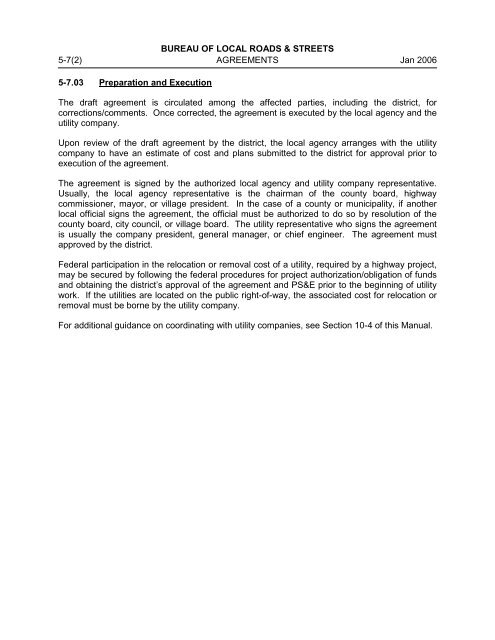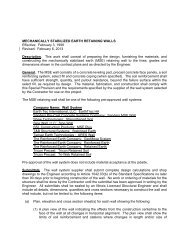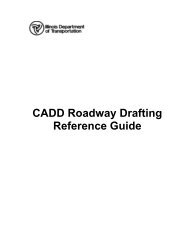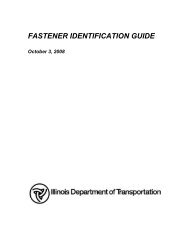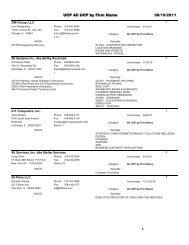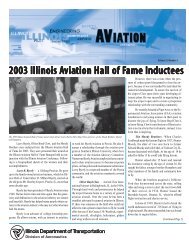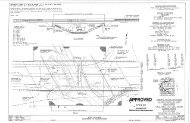Chapter Five AGREEMENTS - Illinois Department of Transportation
Chapter Five AGREEMENTS - Illinois Department of Transportation
Chapter Five AGREEMENTS - Illinois Department of Transportation
Create successful ePaper yourself
Turn your PDF publications into a flip-book with our unique Google optimized e-Paper software.
BUREAU OF LOCAL ROADS & STREETS<br />
5-7(2) <strong>AGREEMENTS</strong> Jan 2006<br />
5-7.03 Preparation and Execution<br />
The draft agreement is circulated among the affected parties, including the district, for<br />
corrections/comments. Once corrected, the agreement is executed by the local agency and the<br />
utility company.<br />
Upon review <strong>of</strong> the draft agreement by the district, the local agency arranges with the utility<br />
company to have an estimate <strong>of</strong> cost and plans submitted to the district for approval prior to<br />
execution <strong>of</strong> the agreement.<br />
The agreement is signed by the authorized local agency and utility company representative.<br />
Usually, the local agency representative is the chairman <strong>of</strong> the county board, highway<br />
commissioner, mayor, or village president. In the case <strong>of</strong> a county or municipality, if another<br />
local <strong>of</strong>ficial signs the agreement, the <strong>of</strong>ficial must be authorized to do so by resolution <strong>of</strong> the<br />
county board, city council, or village board. The utility representative who signs the agreement<br />
is usually the company president, general manager, or chief engineer. The agreement must<br />
approved by the district.<br />
Federal participation in the relocation or removal cost <strong>of</strong> a utility, required by a highway project,<br />
may be secured by following the federal procedures for project authorization/obligation <strong>of</strong> funds<br />
and obtaining the district’s approval <strong>of</strong> the agreement and PS&E prior to the beginning <strong>of</strong> utility<br />
work. If the utilities are located on the public right-<strong>of</strong>-way, the associated cost for relocation or<br />
removal must be borne by the utility company.<br />
For additional guidance on coordinating with utility companies, see Section 10-4 <strong>of</strong> this Manual.


